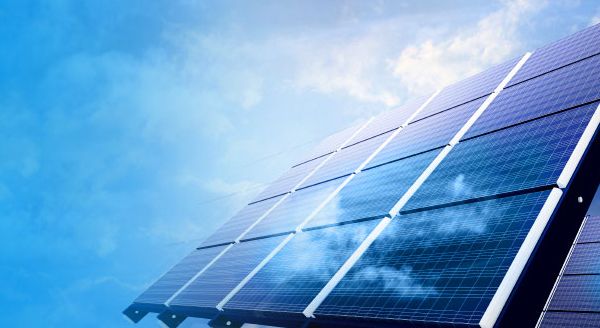
What is it?
Every day the sun showers Earth with several thousand times as much energy as we use. Harnessing solar energy is not new in fact, development of solar energy dates back more than 100 years. Over the years, many companies have worked to increase the efficiency of photovoltaic panels. Today, commonly available solar panels are 12 percent efficient and this low efficiency factor is one of the major drawbacks of using solar panels, the other being the cost of PV panels. To overcome this low efficiency, various methods and techniques are being developed by scientists today and the recent developments in 3D solar cells may prove out to be the required solution.
These unique three dimension solar cells capture almost all of the sunlight striking them. This characteristic helps in improving the efficiency of the photovoltaic systems and there will also be a reduction in the size, weight and mechanical complexity that is more in case of traditional solar panel.
The Benefits
3D Solar cell is a revolutionary design that enhances the flat surface of the solar panel into a 3D space where it could trap sunlight even better and increase the efficiency level by reducing reflection. Once sunlight strikes 3D solar panels, the micro-photovoltaic structures called ‘towers’, which are included in the design, trap the light, bouncing photons numerous of times until they’ve been fully converted into electrons and hence usable electricity. By using a 3D solar system, we can escape the bulkiness of solar panels, and PV will be integrated easily in buildings since the width of each cable is 3-times that of human hair.
Trends
GTRI 3D solar cell:
Scientists at the Georgia Tech Research Institute (GTRI) have developed a prototype of a three-dimensional solar panel that is able to capture sunlight from nearly every angle and transform it into electricity. According to these researchers, the new 3D solar system is far more efficient than the traditional PV panels. Nanotechnology is used by the new panels which are shaped like a city skyscape with very small tower like structures with little space between them. This unique shape allows the towers to collect light from nearly any angle.
3D Solar Cell by William Yuan:
William Yuan at an age of just 15 has developed a 3D solar cell that has the potential to revolutionize solar power. He named his project, “A Highly-Efficient 3-Dimensional Nanotube Solar Cell for Visible and UV Light”. At the heart of Yuan’s project is a solar cell that can harness both visible and ultraviolet light. Yuan’s solar cells are calculated to absorb about five hundred times more light then a conventional solar cell and nine times more than advanced 3D solar cells developed by GTRI.
Solar3D Inc’s Invention:
Solar3D is developing a breakthrough 3-dimensional solar cell technology to maximize the conversion of sunlight into electricity. The new 3D cells are so designed that absorb almost all of the sun rays falling on the micro-photovoltaic structures. The photons keep bouncing around these structures unless fully converted to electrons. This next generation solar cell will be dramatically more efficient, resulting in a lower cost-per-watt that will make solar power affordable for the world. Solar3D’s technology is expected to increase the efficiency of solar cells by 50 to 100 percent.
The Impact
Since solar cells absorb light received from many different positions, so it is not necessary that the cells receive light directly. In addition, once the cell has absorbed the radiation, it is trapped inside the structure so that trapped photons can be used to generate electricity. This is a much more efficient way of using solar technology and it is expected to significantly lower the costs involved, thereby making it more accessible to more people. In addition to reducing the cost of installation, the size and the weight is also reduced.




